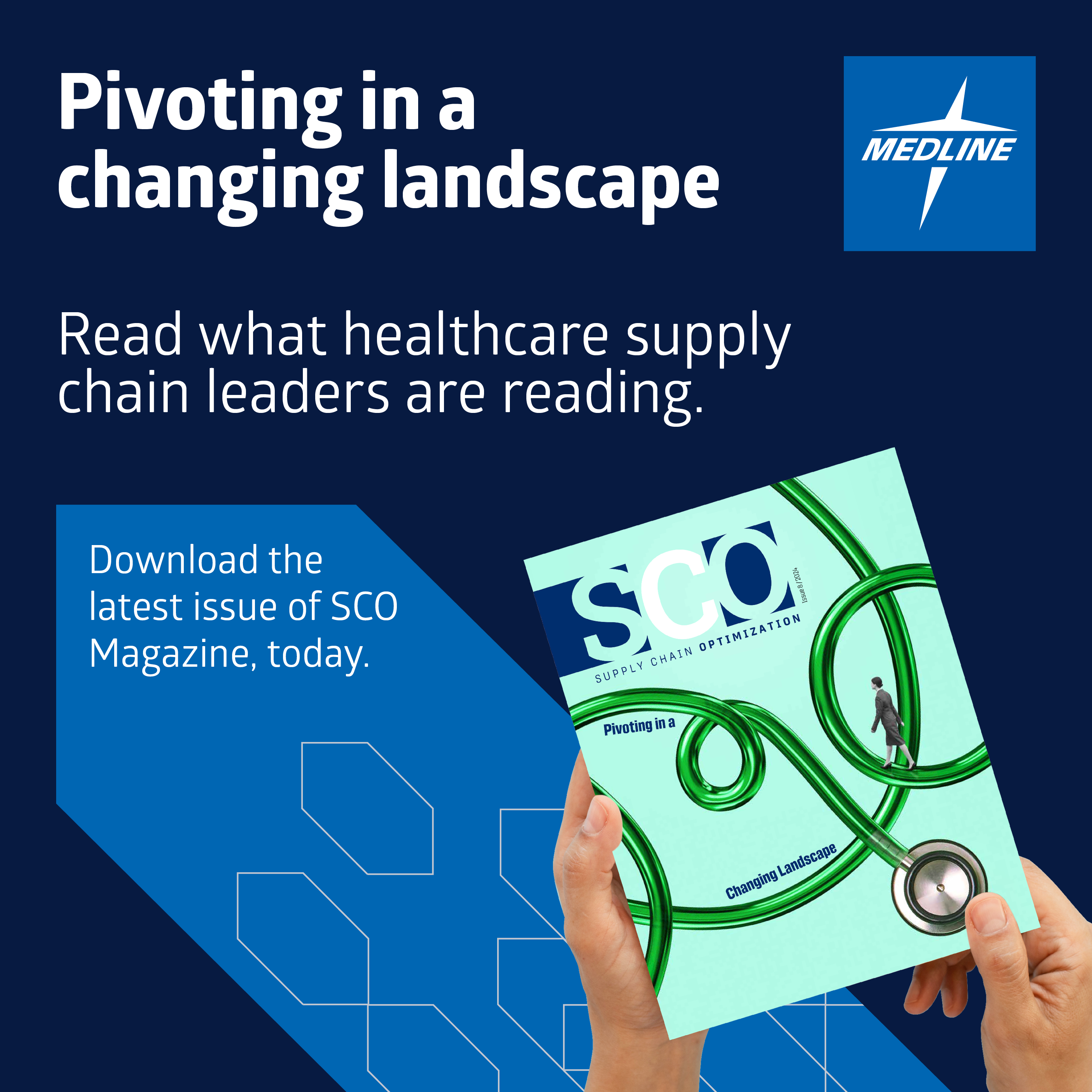Taking care of the nurses who take care of the patients

By Medline Newsroom Staff | May 9, 2024
Nurse leaders are juggling a multitude of priorities and responsibilities, most notably ensuring they have enough well-trained staff to provide safe, optimal patient care amidst challenging circumstances.
These caretakers, who go above and beyond every day, also need adequate and readily available medical supplies and a supply chain team that understands their needs and priorities.
“To take care of the patients you need to take care of the people who take care of the patients,” said Angela Newman, MBA-HM, BSN, RN, CCRN, VA-BC, Medline senior director of market solutions. For supply chain professionals, that means “giving them the tools they need to do their job.”
Newman, an intensive care nurse for more than 10 years before joining Medline, recently addressed members of the Michigan chapter of the Association for Healthcare Resource & Materials Management to discuss the supply chain’s vital role in supporting nurses, and ultimately, the patients they care for. After the presentation, the more than 50 MAHRRM members in attendance broke up into groups to work through product scorecards and solutions for potential clinician scenarios.
‘Very complex patients and very few resources’
Clinicians “want every single patient who comes in our door every single day to get the best care,” Newman told the group. “You expect that for your loved ones.”
Hospitals and healthcare facilities also need to meet certain quality and safety standards, she continued. Not meeting these standards and accreditation requirements due to hospital-acquired infections or conditions, readmissions or care-related injuries can impact a healthcare facility’s reputation and reimbursement rates, and result in Centers for Medicare & Medicaid Services and other penalties.
“When you are engaging the clinical team early and often you can avoid many of the challenges related to products. Building these bridges can impact everyday decision making.”

Angela Newman, MBA-HM, BSN, RN, CCRN, VA-BC
Medline senior director of market solutions
This is especially challenging as simpler procedures are often performed at ambulatory surgery centers, leaving the sickest of the sick in hospitals, all while nursing shortages and high staff turnover continue.
“We have these very complex patients and very few resources,” said Newman.
Thinking more broadly about ROI
At the same time, supply chain and healthcare administrators may be more focused on costs and return on investment than product quality, availability and efficacy.
“We have to think about calculating the cost of avoidance for the ROI when looking at these quality programs,” said Newman, who encouraged supply chain professionals to proactively engage with nurse leaders on product scorecards to prepare for and avoid potential stockouts: “If this were to happen, how would I approach a product evaluation or trial?”
Cost and SKU reduction are important; however, collaborating closely with the bedside nurses—who are on the frontlines every day—in determining what products are best for patients, is also critical for care, she said.
Opening the lines of communication to improve collaboration
To improve collaboration, Newman suggests “opening the lines of communication.” For supply chain teams, “this can be done in a variety of ways, including regularly meeting with senior nurse leadership to understand what they’re working on, what metrics their successes are tied to, and the goals for nursing care in the coming year.” Nurses also need to understand “what you all are working on in terms of product implementation for the year.”

MAHRRM members break out into groups to work through product scorecards and solutions for potential clinician scenarios.
She also recommended transparency regarding the reason for product changes.
“When a bedside nurse sees a product change they automatically think ‘this is cheaper,’” said Newman, as they may not know the broader ROI and other potential benefits of a new product— from price and availability to clinical training tied to the new product and overall improved outcomes.
As relationships, collaboration and transparency improve between supply chain and clinical teams, there’s an opportunity to present a united front and greater synergies on product selection and changes.
“When you are engaging the clinical team early and often you can avoid many of the challenges related to products,” said Newman. “Building these bridges can impact every day decision making.”
Lear more about how Medline helps empower a more reliable supply chain network.
Medline Newsroom Staff
Medline Newsroom Staff
Medline's newsroom staff researches and reports on the latest news and trends in healthcare.

